1. Meet the Sunflower Sea Star
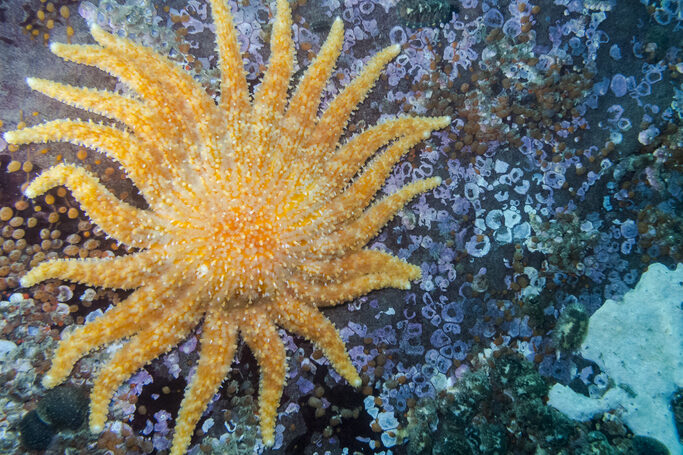
The ocean has always been full of mysteries, but few are as captivating as the sunflower sea star. Stretching up to three feet across with as many as 24 arms, it is the largest starfish in the world. Once abundant along the Pacific coast, this colorful predator played a critical role in marine ecosystems by keeping sea urchins in balance. Its speed and size made it stand out, but its sudden disappearance tells a sobering story. To know the sunflower sea star is to understand why saving it has become one of conservation’s most important challenges.
2. A Victim of Sea Star Wasting Disease
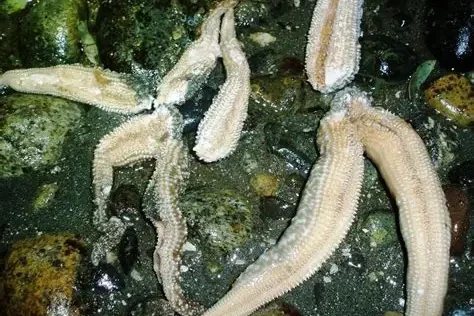
Around 2013, the sunflower sea star faced a devastating epidemic known as sea star wasting disease. Populations from Alaska to Mexico were wiped out as their bodies began to break apart and disintegrate. Tidepools once filled with these giants turned into empty stretches littered with remnants of what was lost. In some regions, more than 90 percent of the population disappeared almost overnight. It was one of the most widespread marine die-offs ever recorded. The sudden collapse left scientists alarmed and ecosystems destabilized, sparking urgent questions about how to stop the spiral toward extinction.
3. An IUCN Critically Endangered Species
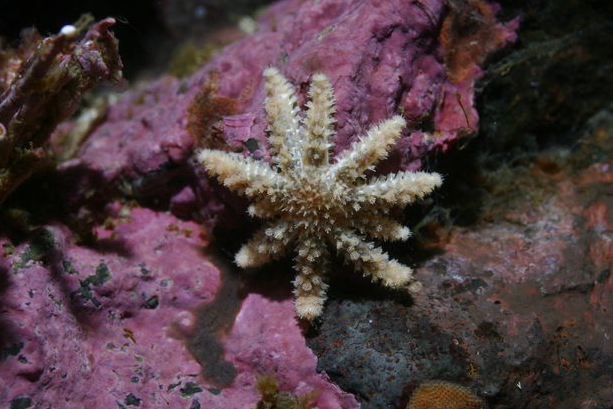
The losses were so severe that in 2020 the sunflower sea star was officially listed as critically endangered by the International Union for Conservation of Nature. This was a startling shift for a species that had once thrived in abundance along coastal waters. The listing sent a clear signal that what had happened was not a temporary setback but a true ecological crisis. Without urgent action, the world risked losing this species entirely. Conservationists warned that its disappearance could cause ripple effects throughout Pacific ecosystems that might never fully recover.
4. Why They Matter to Kelp Forests
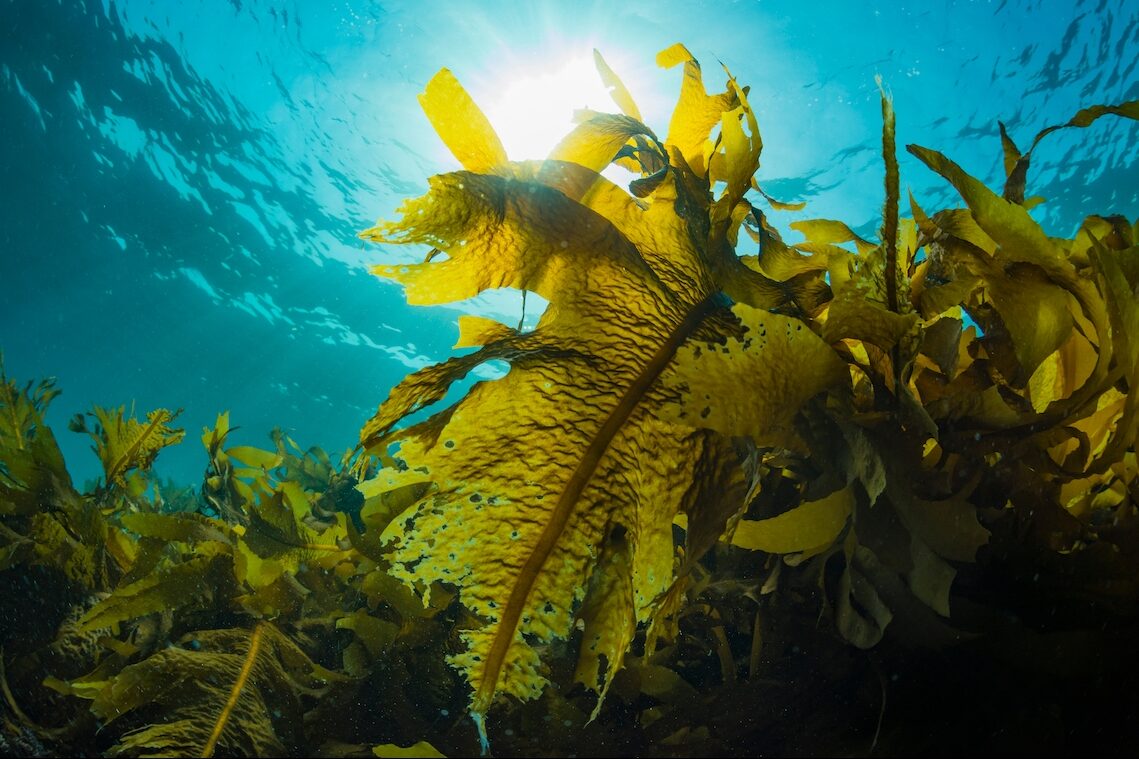
The sunflower sea star is more than just a striking sight. It is one of the most important predators of sea urchins, creatures that feed heavily on kelp. Without sea stars, urchin numbers exploded and kelp forests were rapidly eaten away. These underwater forests are vital because they capture carbon, shelter marine life, and shield coastlines. Their decline has been tied directly to the sea star’s disappearance. Protecting the sunflower sea star is not only about saving one species but also about preserving the health of kelp ecosystems that sustain countless other forms of life.
5. Scientists Are Breeding Them in Labs
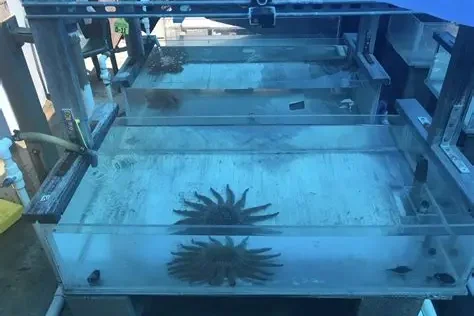
To combat the crisis, scientists began breeding sunflower sea stars in laboratories. This achievement is groundbreaking, as their complex life cycle makes them difficult to raise in captivity. In specialized aquariums, researchers carefully nurture larvae into juveniles while studying the conditions needed for survival. Each successful growth is a small victory that brings reintroduction efforts closer. These labs have become places of hope where the survival of the sunflower sea star is slowly being rebuilt. It is proof that with dedication and science, even the most fragile species can be given another chance.
6. Learning About Their Early Life
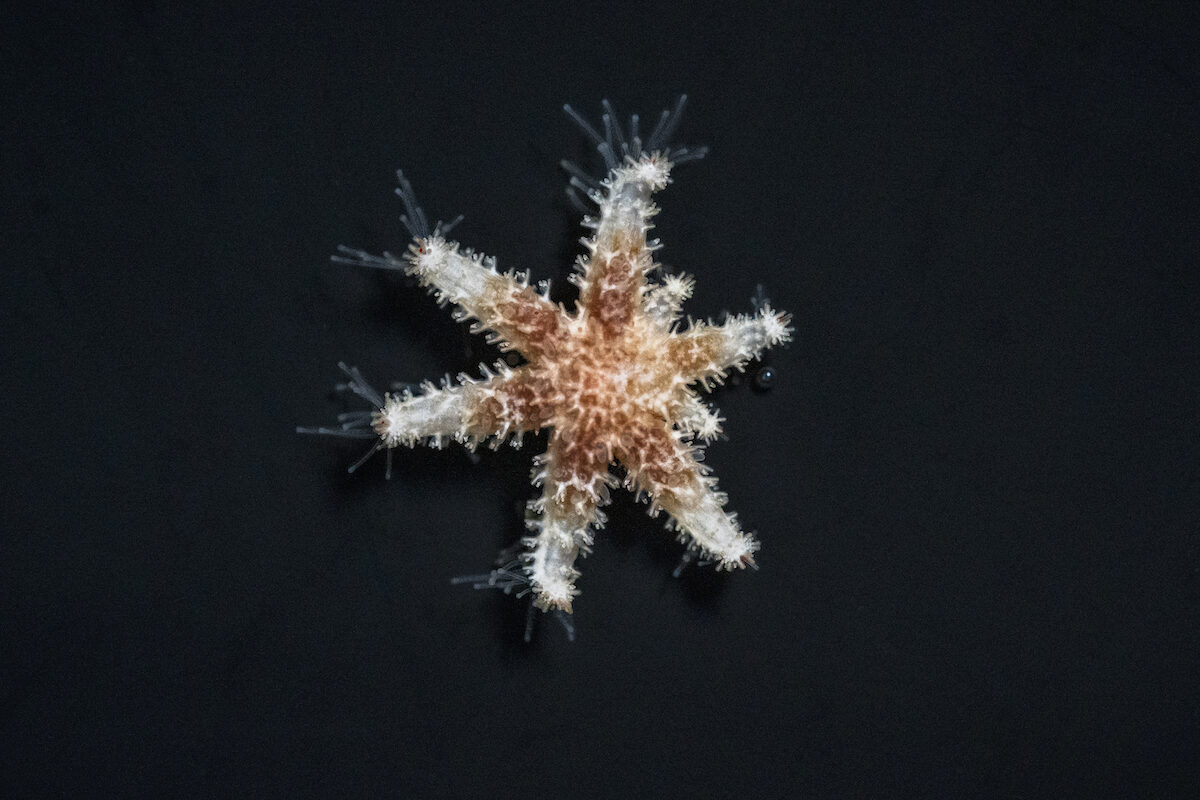
The earliest stages of a sunflower sea star’s life are delicate, and scientists are racing to understand them. From fertilized eggs to tiny swimming larvae to juvenile stars, every stage reveals challenges to survival. In the wild, only a small fraction make it, which is why research focuses on uncovering where these losses occur. By studying their development, conservationists are learning how to increase survival rates in both lab and natural settings. These insights not only help in breeding programs but also provide valuable knowledge for long term recovery in the ocean.
7. A Test for Reintroduction
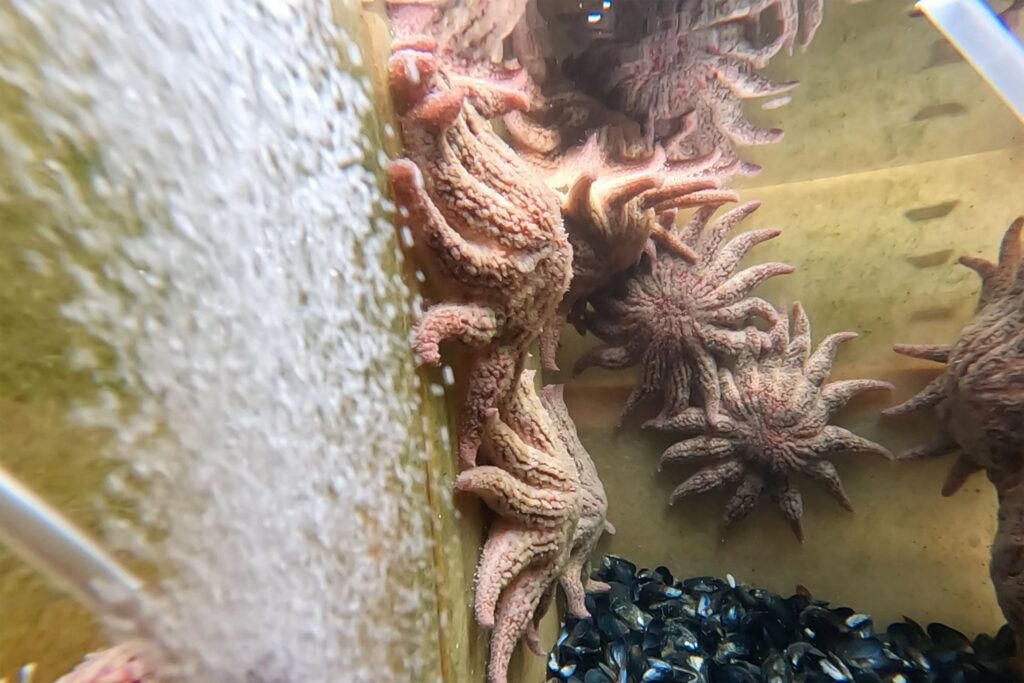
Breeding sunflower sea stars in laboratories is a breakthrough, but the ultimate test lies in reintroducing them to the wild. Scientists must consider whether they will withstand disease again, how they will interact with changing habitats, and if they can once more control booming urchin populations. Trials and small scale experiments are helping conservationists prepare. It is not enough to simply release them back into the sea. They must return to an environment where they can truly thrive. These careful steps are building the foundation for a hopeful but cautious reintroduction.
8. Collaboration Across Borders

Saving the sunflower sea star requires more than one group’s effort. From the United States to Canada, aquariums, research institutes, and conservation organizations are working together. The sea star’s range covers thousands of miles, making cross border collaboration essential. Resources are pooled, discoveries are shared, and strategies are coordinated to give the species its best chance at survival. This global teamwork represents a rare moment of unity where the fate of one ocean creature inspires cooperation. It reminds us that protecting nature often requires humans to set aside borders and act as one.
9. A Symbol of Ocean Health
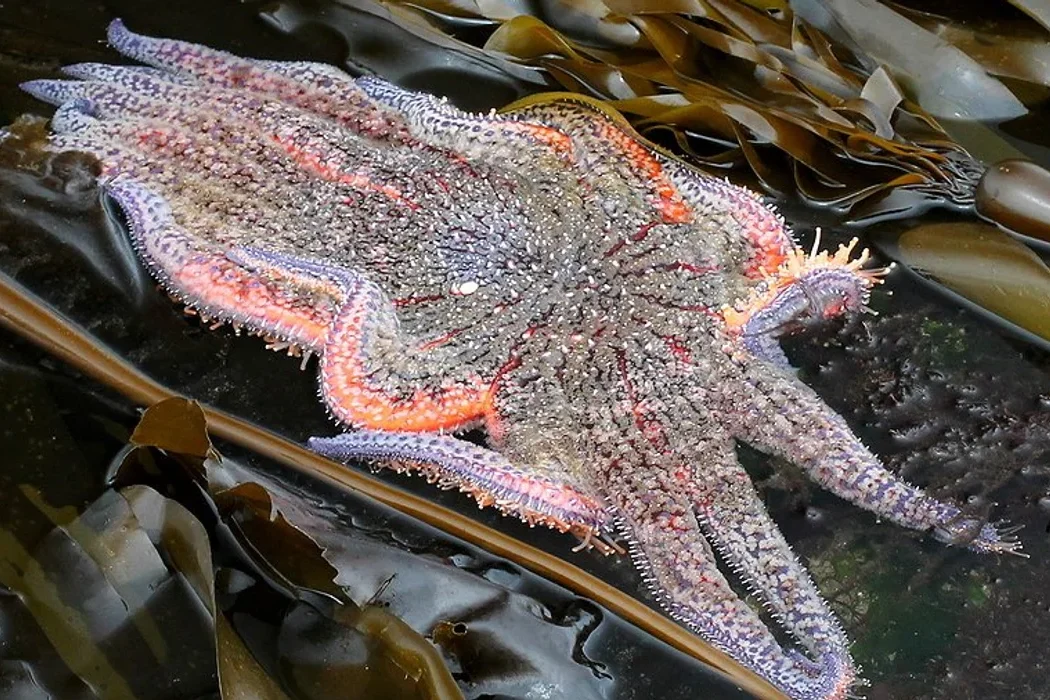
The story of the sunflower sea star is bigger than its own survival. It has become a symbol of ocean health and a reminder of how fragile marine ecosystems can be. Its sudden collapse showed how disease and climate related stresses can unravel entire environments in a short time. Just as canaries once warned miners of danger, sea stars now warn us about the instability of our oceans. Their disappearance is a message that balance is slipping. Protecting them is not only about the stars themselves but about the future of marine life everywhere.
10. Hope Glimmers Beneath the Waves
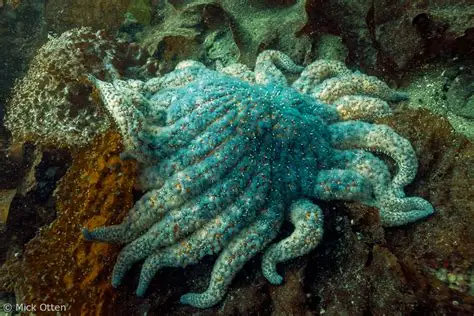
Despite the immense challenges, progress in breeding programs brings real hope. With each juvenile raised in captivity, the possibility of restoring wild populations grows stronger. If successful, these reintroductions could help kelp forests recover and restore balance to the Pacific coast. The sunflower sea star’s journey is not yet finished, but it is one of the few conservation stories where a reversal still feels possible. It shows us that with persistence and care, biodiversity loss can be fought. Their fight is a reminder that our oceans are worth saving, one species at a time.
This story 10 Fascinating Efforts to Save the World’s Largest Sea Star was first published on Daily FETCH


